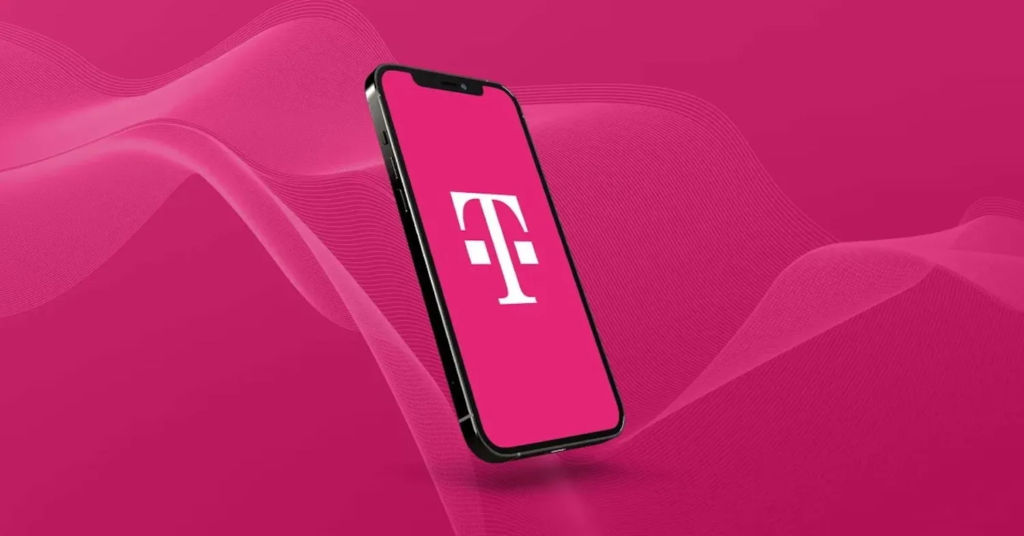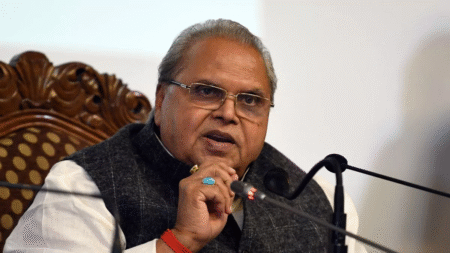In the world of cutting-edge technology, partnerships that promise to reshape industries are rare but impactful. T-Mobile’s collaboration with Starlink, SpaceX’s satellite internet service, is one such collaboration, poised to transform satellite-based emergency alerts. This partnership brings a future where communication becomes seamless, even in the most remote locations. Below, we’ll explore the details of this revolutionary initiative, the technology behind it, and its far-reaching implications.
Table of Contents
The Power of Satellite Connectivity in Emergencies
When natural disasters strike, the failure of traditional communication networks is common. From hurricanes to earthquakes, disasters disrupt critical infrastructure, leaving affected regions isolated from aid. Satellite networks, however, remain largely unaffected by terrestrial damage. This is where Starlink’s satellite internet, combined with T-Mobile’s vast wireless network, creates a powerful tool for emergency response.

The combination of satellite internet and mobile networks allows for emergency alerts to reach people in remote or disaster-affected areas. With low Earth orbit (LEO) satellites from Starlink covering vast areas, it becomes possible to maintain communication even when local cell towers are down. This capability can dramatically reduce response times and ensure that help reaches those who need it most.
What the T-Mobile-Starlink Partnership Means for Consumers
For consumers, the integration of satellite technology into mainstream telecommunications will mean improved coverage in areas that were previously considered unreachable. Traditionally, mobile networks have struggled in remote regions due to the high cost of building infrastructure in areas with low population density. The T-Mobile-Starlink partnership is changing that.
- Expanded Coverage: T-Mobile and Starlink aim to provide near-universal coverage across the U.S., including rural and remote regions. This eliminates the “dead zones” that plague traditional cellular networks.
- Enhanced Emergency Communication: In the event of a natural disaster, the network will be able to maintain emergency alerts and communication, even if traditional infrastructure is damaged.
- Affordability and Accessibility: Both companies have promised that this new capability will be accessible without requiring customers to purchase additional hardware. T-Mobile phones will connect directly to Starlink’s satellite network, making it easier for users to stay connected during emergencies.
How the Technology Works
T-Mobile’s 5G network is already one of the most advanced in the world, with vast coverage across the U.S. By integrating Starlink’s satellite internet service, T-Mobile will now be able to extend its network’s reach even further. The technology behind this collaboration relies on the seamless integration of LEO satellites with terrestrial cell towers.
Low Earth Orbit Satellites
Starlink’s LEO satellites orbit closer to the Earth than traditional satellites, reducing latency and enabling faster data transfer. These satellites form a mesh network in the sky, constantly communicating with each other to deliver internet services over large geographic areas. When paired with T-Mobile’s 5G towers, this system ensures that even if ground-based infrastructure fails, communication remains intact.
Here’s a diagram explaining the interaction between LEO satellites and T-Mobile’s terrestrial network:
A New Era of Connectivity for Remote Areas
One of the key benefits of this partnership is its potential to close the digital divide. For years, rural and remote areas have struggled with limited or no internet access. The T-Mobile-Starlink collaboration will bring fast, reliable communication services to regions that were previously overlooked by traditional service providers.

- Rural Communities: Farmers, ranchers, and small-town residents will benefit from better connectivity, allowing them to access online services, remote education, and telemedicine.
- Tourists and Adventurers: Those who venture into national parks, mountain ranges, or other isolated areas can now rest assured that they will have access to emergency services in case of an accident or natural disaster.
- Businesses in Remote Locations: Companies operating in remote areas will benefit from constant communication, enhancing their ability to manage logistics and coordinate with other locations.
Addressing Potential Challenges
While the T-Mobile-Starlink partnership holds immense promise, there are challenges that must be addressed to ensure its success. Some of these include:
- Regulatory Approvals: Satellite communication involves navigating various regulatory landscapes, including spectrum allocation and international agreements. Both T-Mobile and Starlink will need to work closely with governments to ensure their services comply with global regulations.
- Network Latency: While Starlink’s LEO satellites promise lower latency than traditional satellites, there is still a small delay that could impact real-time services like video calls or gaming. As the technology matures, we expect this latency to decrease even further.
- Competition from Other Providers: Companies like Amazon’s Project Kuiper are also developing satellite internet services. While T-Mobile and Starlink currently have a head start, competition could intensify as other players enter the market.
The Road Ahead: What We Can Expect
The T-Mobile and Starlink partnership marks a significant milestone in telecommunications. As the collaboration develops, we can expect even greater innovations in the world of satellite-based communication. Key future developments may include:
- Global Expansion: While the initial focus is on the U.S. market, it is possible that this technology will expand to other regions, including Europe and Asia.
- Integration with Other Networks: The ability to integrate satellite internet with other 5G and LTE networks could open the door for a more interconnected, global communication system.
- New Consumer Applications: Beyond emergency alerts, this technology could lead to new applications for consumers, including high-speed satellite internet for homes and businesses in remote areas.
Also Read : Elon Musk Clash with Brazil Deepens, Threatening Starlink
Conclusion
T-Mobile’s collaboration with Starlink is a groundbreaking development in telecommunications, offering solutions to some of the most pressing challenges in communication today. Whether it’s providing emergency alerts during natural disasters, expanding connectivity to rural areas, or ensuring that no one is left without service, this partnership is set to change the landscape of mobile and satellite communications.
As this technology evolves, it will be exciting to see how it shapes the future of communication, ensuring that everyone, no matter where they are, can stay connected when it matters most.











